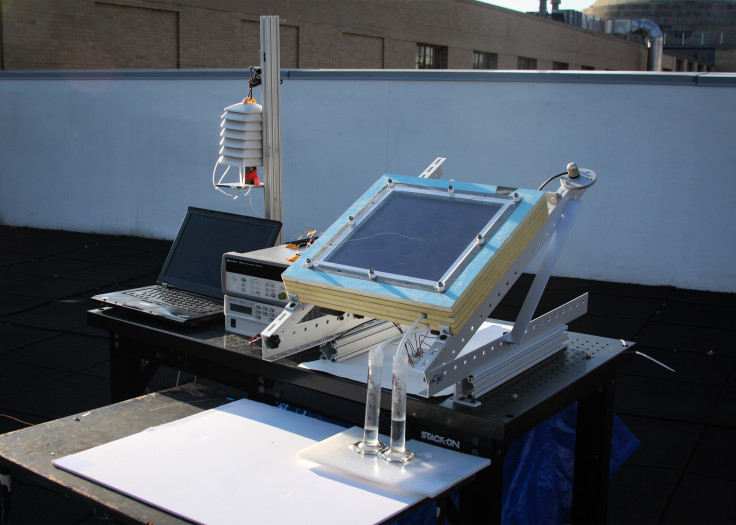Groundbreaking technology from MIT uses solar energy to draw water from air
The original prototype was presented a few years back but was supposedly held back by unforeseen flaws.
Water is one of the most precious resources that unfortunately not many have access to. For some, it comes at a premium cost, which many impoverished regions can barely afford. Then, there are areas that might not have a nearby source, which makes the cost of delivery even more expensive. Hopefully, these circumstances might change soon as a groundbreaking technology claims to extract moisture from the air with the help of solar energy. Moreover, it can apparently do so even in arid regions.
The device which is purportedly capable of doing so was developed by researchers at the Massachusetts Institute of Technology (MIT). Surprisingly, the original prototype was presented a few years back but was supposedly held back by unforeseen flaws. Now the same team that worked on the project has unveiled a working model which would function in areas without access to water and electricity.
As reported by MIT News, the latest version of the water collection system can output more than its predecessor and is potentially scalable yet remains practical for communities that might need them. The older system – as described by MIT Department of Mechanical Engineering lead researcher Professor Evelyn Wang – required specific materials which were expensive and difficult to secure.
Furthermore, the amount of water it can collect was below target, which makes it unusable on a larger scale. Thus, she and her team had to rework everything, which eventually led to the current version. Unlike modern fog and dew harvesting technology, it does not rely on relative humidity. This means it can be installed in areas where the latter is recorded at as low as 20 percent and still operate efficiently without an external power source.
The original device needed components called metal organic frameworks, which have now been replaced by another commercially available adsorbent material called zeolite. The two-stage system uses an innovative approach to collect moisture overnight, which is then released after it is heated by solar energy. As the first collector plate condenses the vapour, it again releases heat which triggers the second layer below to release its captured moisture.

The water is then funnelled from both chambers and into a collection tank. As indicated, it relies on the dynamic thermal cycle that happens each day. What's fascinating about it is if a different heat source is introduced, it could subsequently improve the output. The MIT team behind it hopes to improve its performance and reduce overall cost.
© Copyright IBTimes 2025. All rights reserved.





















